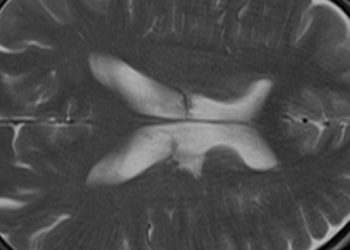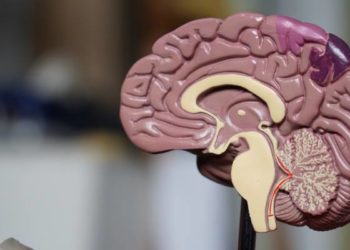Endovascular therapy may be effective in large vessel occlusion of M2 segment
1. Endovascular therapy after acute ischemic stroke of large vessel occlusion of M2 segment of the middle cerebral artery (MCA) was associated with better outcomes than medical management.
2. Adverse outcomes, namely intracerebral hemorrhage, was equal between the two groups.
Evidence Rating Level: 2 (Good)
Study Rundown: Recent randomized studies have shown that endovascular therapy (EVT) is superior to medical management in acute ischemic strokes with large vessel occlusion (LVO), particularly in proximal occlusions. More distal segments, for instance the M2 segment of the middle cerebral artery, are less studied. This retrospective study aimed to determine the safety and efficacy of EVT compared with best medical management in patients with acute ischemic strokes and LVO isolated to the M2 segments.
Patients treated with EVT as compared with best medical therapy had three times higher likelihood of a positive outcome, based on the 90-day modified Rankin Scale score. There was no difference in rates of symptomatic intracerebral hemorrhage between these two groups. Strengths of this study included the multicenter design. Limitations of the study included the retrospective nature and some baseline differences between the two groups.
Click to read the study, published today in JAMA Neurology
Relevant Reading: Randomized Assessment of Rapid Endovascular Treatment of Ischemic Stroke
In-Depth [retrospective cohort]: This multicenter, retrospective cohort study pooled patients with acute ischemic strokes and LVO in the M2 segments from 10 US stroke centers from January 2012 to April 2015. Cohort inclusion criteria included presentation within 8 hours of last being seen normal and having LVO isolated to the M2 segments. Patients received either “best medical management,” which included IV tPA therapy, or EVT which included mechanical thrombectomy (stents or aspiration) or intra-arterial thrombolytics. The primary outcome of interest was the 90-day modified Rankin Scale score and the secondary outcome was incidence of symptomatic intracerebral hemorrhage. Logistic regression was used to compare the treatment effect across the two groups.
A total of 522 patients with acute ischemic stroke and LVO in the M2 segments were identified and followed for the primary and secondary outcomes. Patients in the medical management group were older and had higher rates of IV tPA administration. The EVT group had a statistically higher rate of good outcome than the medical management group (OR 3.1; 95%CI 2.1-4.4; p < 0.001) adjusted for age. There was no statistically significant difference in incidence of symptomatic intracerebral hemorrhage (5.6% vs. 2.1% for EVT vs. medical management; p = 0.10). This result remained robust even after adjustment for center.
Image: CC/Wiki
©2016 2 Minute Medicine, Inc. All rights reserved. No works may be reproduced without expressed written consent from 2 Minute Medicine, Inc. Inquire about licensing here. No article should be construed as medical advice and is not intended as such by the authors or by 2 Minute Medicine, Inc.







